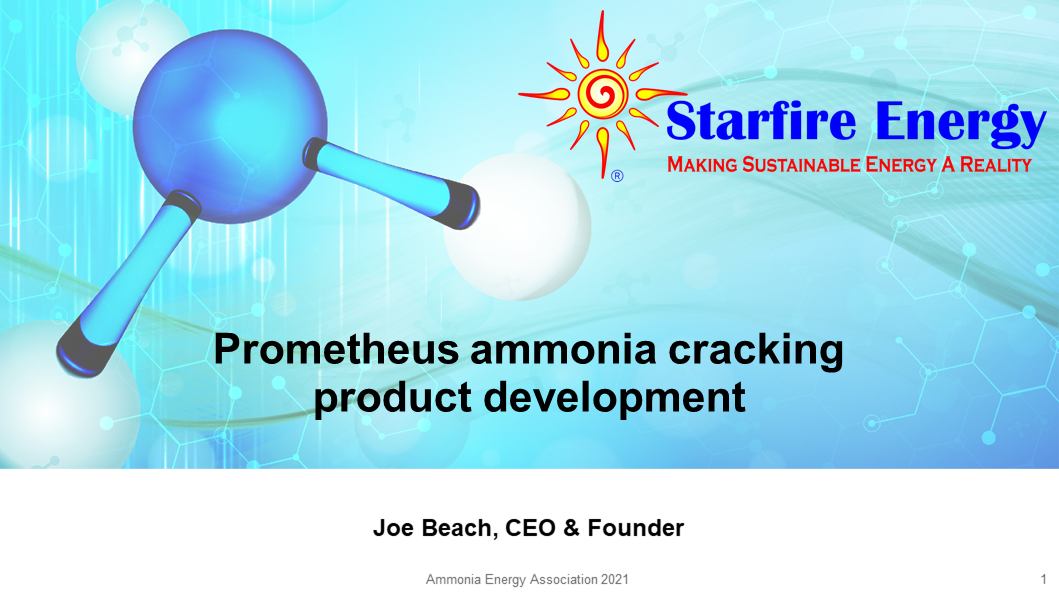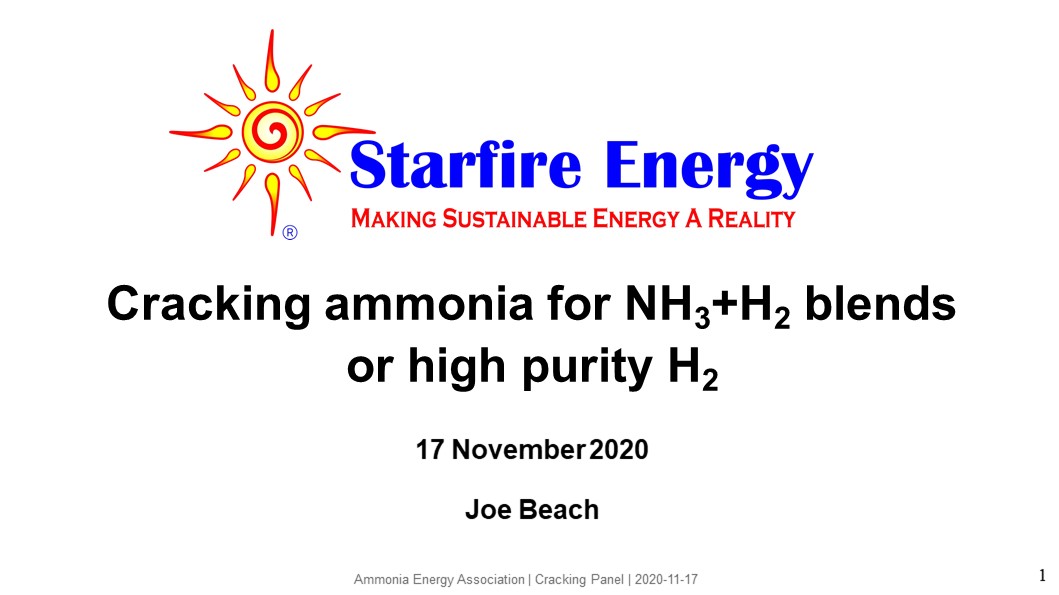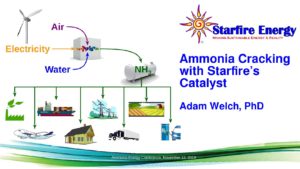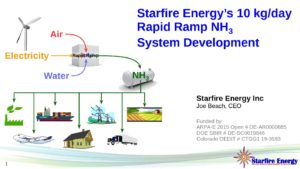This paper summarizes a comprehensive technical and economic analysis of a hydrogen-ammonia upgrade to an existing 42 MW natural gas plant. A phased approach is carefully chosen which deploys low-carbon technology in modules which are palatable by large-scale utility customers. The objective is to minimize capital costs of the conversion while maximizing decarbonization as each phase is deployed. A phased approach delivers optionality to utilities which are often locked into carbon-emitting technologies by protracted investment durations. Phase one details implementation of an on-site thermal pyrolysis system. Existing natural gas infrastructure and plant waste heat are used to provide clean hydrogen.…









